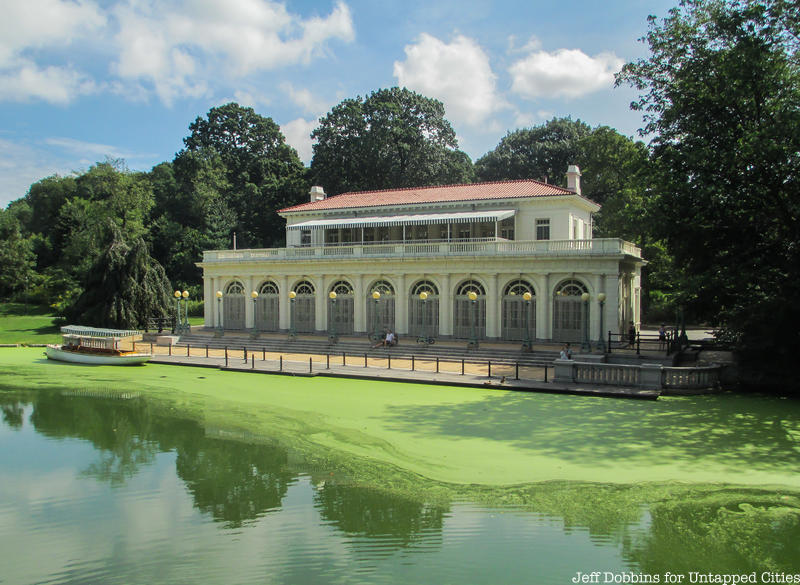2. Prospect Park and Grand Army Plaza

Shortly after their design for Central Park, Frederick Law Olmsted and Calvert Vaux laid out plans for Prospect Park in Brooklyn, which opened in 1867. Brooklyn, as the world’s first commuter suburb at the time, was believed to have become a resort-like escape from the hustle and bustle of Manhattan, and a park was just what Brooklyn needed. Viele, the first chief engineer of Central Park, drew plans for Prospect Park in 1860, but the Civil War paused further activity. Vaux, who reviewed Viele’s plan in 1865, devised a more successful plan with three distinctive regions, including an oval at the northern end of the park that would become Grand Army Plaza.
Vaux’s revisions faced harsh criticism, but he recruited Olmsted and formally presented the plan in 1866. Construction began in June 1866, employing up to 2,000 workers at any one time who removed pits, swamps, and some trees. The first section of the park opened on October 19, 1867, pulling in 100,000 people per month, and by 1871 after some expansion, monthly numbers were up to 250,000. Most of the park was complete in 1873, mostly keeping to Vaux and Olmsted’s original plan, though the Panic of 1873 made it so that Olmsted and Vaux stopped collaborating on the park’s construction. Additionally, Olmsted and Vaux’s design for Grand Army Plaza included only the Fountain of the Golden Spray, as well as surrounding earth embankments. James S. T. Stranahan, then President of the Brooklyn Board of Park Commissioners, was often considered the “Father of Prospect Park.”





